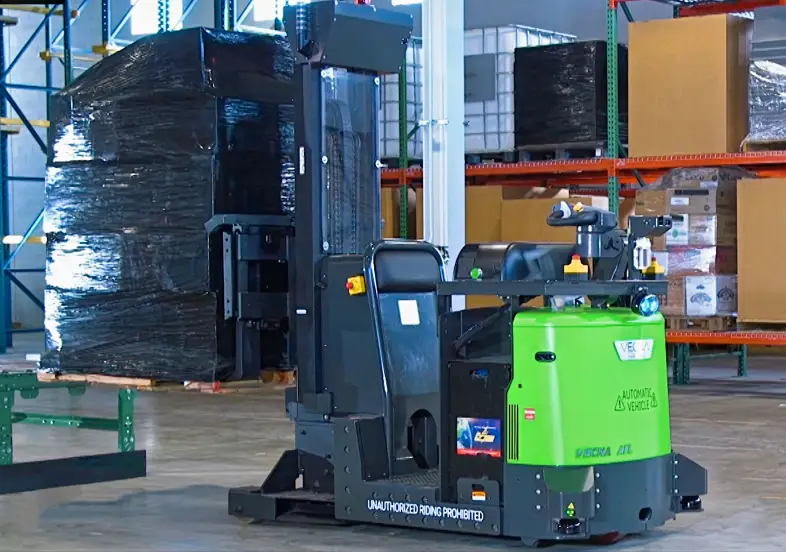The global market for Pompe disease therapeutics is projected to expand at a compound annual growth rate (CAGR) of 5.00%, from an estimated USD 1584.2 million in 2023 to USD 2457.61 million in 2032.Pompe disease, a rare inherited lysosomal storage disorder, has garnered significant attention within the medical community due to its severe implications and the complexity of its treatment. The disease, characterized by the buildup of glycogen in the body’s cells, leads to progressive muscle weakness and respiratory difficulties, often proving fatal without appropriate intervention. The global market for Pompe disease therapeutics has been evolving rapidly, driven by advances in biotechnology, increasing awareness, and growing investments in rare disease research. This article delves into the current trends, challenges, and future prospects of the Pompe disease therapeutics market.
Browse the full report at https://www.credenceresearch.com/report/global-pompe-disease-therapeutics-market
Market Overview
The global Pompe disease therapeutics market is primarily dominated by enzyme replacement therapy (ERT), which has been the cornerstone of treatment since its introduction. Myozyme (alglucosidase alfa), developed by Sanofi Genzyme, remains the leading ERT for Pompe disease, significantly improving patient outcomes, especially in infantile-onset Pompe disease. However, the high cost of ERT, coupled with the lifelong need for treatment, presents substantial economic challenges for patients and healthcare systems.
In addition to ERT, the market is witnessing the emergence of gene therapy as a promising treatment option. Gene therapy aims to correct the underlying genetic defect responsible for Pompe disease by introducing a functional copy of the GAA gene. Several companies are currently in various stages of clinical trials, with AT845 (Astellas Gene Therapies) and ACTUS-101 (Actus Therapeutics) being notable examples. These advancements underscore a shift towards more innovative and potentially curative treatment modalities.
Key Market Drivers
1. Technological Advancements: The rapid progress in genetic engineering and biotechnology has been instrumental in the development of novel therapeutics for Pompe disease. Gene therapy, in particular, is expected to revolutionize the treatment landscape by offering a one-time, potentially curative option.
2. Increasing Awareness and Diagnosis: Growing awareness among healthcare professionals and patients has led to earlier diagnosis and treatment of Pompe disease. Newborn screening programs, particularly in developed countries, have been pivotal in identifying Pompe disease early, allowing for timely intervention.
3. Rising Investment in Rare Disease Research**: The pharmaceutical industry’s increasing focus on rare diseases has spurred significant investment in the development of therapies for Pompe disease. This is reflected in the growing number of clinical trials and the entry of new market players, including biotech startups and established pharmaceutical companies.
Challenges Facing the Market
1. High Treatment Costs: The high cost of existing treatments, particularly ERT, remains a significant barrier to access, especially in low- and middle-income countries. The affordability of new therapies, including gene therapy, will be a crucial factor in determining their market penetration.
2. Regulatory Hurdles: The regulatory approval process for novel therapies, particularly gene therapies, is complex and stringent. Ensuring the safety and efficacy of these treatments requires extensive clinical trials, which can delay market entry and increase development costs.
3. Limited Patient Population: As a rare disease, Pompe disease has a limited patient population, which can restrict the commercial viability of new therapeutics. This makes it challenging for companies to recoup the high costs associated with drug development.
Regional Market Insights
The United States and Europe currently dominate the Pompe disease therapeutics market, driven by robust healthcare infrastructure, high awareness, and supportive regulatory frameworks. These regions have been at the forefront of newborn screening programs, which have played a critical role in early diagnosis and treatment initiation. Asia-Pacific, however, is emerging as a key market due to increasing healthcare expenditure, rising awareness, and improving access to advanced therapies.
Future Prospects
The future of the Pompe disease therapeutics market looks promising, with ongoing research and development expected to yield more effective and accessible treatments. Gene therapy holds the potential to transform the treatment paradigm, offering hope for a cure rather than lifelong management. Additionally, advancements in personalized medicine may lead to more tailored and effective treatment approaches.
Key Players
- Amicus Therapeutics, Inc. (U.S.)
- Audentes Therapeutics (U.S.)
- Novartis AG (Switzerland)
- Fresenius Kabi AG (Germany)
- Akorn Incorporated (U.S.)
- Teva Pharmaceutical Industries Ltd (Israel)
- Mylan N.V (U.S.)
- Johnsons & Johnsons Services Inc (U.S.)
- F. Hoffman-La Roche Ltd. (Switzerland)
- Danaher (U.S.)
- B.D. (U.S.)
- Chembio Diagnostics (U.S.)
- EKF Diagnostics (U.K.)
- Trinity Biotech plc (Ireland)
- Instrumentation Laboratory (U.S.)
- Nova Biomedical (U.S.)
- PTS Diagnostics (U.S.)
- Sekisui Diagnostics (U.S.)
- Thermo Fisher Scientific (U.S.)
- bioMérieux S.A. (France)
- Others
Segmentation
-
By Therapy Type
- Enzyme Replacement Therapy (ERT)
- Recombinant Enzymes
- Long-Acting ERT
- Novel ERT Formulations
- Gene Therapy
- Viral Vector-Based Gene Therapy
- Non-Viral Gene Therapy
- Small Molecule Therapies
- Chaperone Therapies
- Substrate Reduction Therapies (SRT)
- Supportive Therapies
- Symptomatic Treatment
- Nutritional Support
-
By Route of Administration
- Intravenous (IV) Administration
- Oral Administration
-
By End-User
- Hospitals and Clinics
- Specialty Clinics
- Home Care Settings
-
By Region
- North America
- U.S.
- Canada
- Mexico
- Europe
- Germany
- France
- UK.
- Italy
- Spain
- Rest of Europe
- Asia Pacific
- China
- Japan
- India
- South Korea
- South-east Asia
- Rest of Asia Pacific
- Latin America
- Brazil
- Argentina
- Rest of Latin America
- Middle East & Africa
- GCC Countries
- South Africa
- The Rest of the Middle East and Africa
- North America
- Enzyme Replacement Therapy (ERT)
Browse the full report at https://www.credenceresearch.com/report/global-pompe-disease-therapeutics-market
About Us:
Credence Research is committed to employee well-being and productivity. Following the COVID-19 pandemic, we have implemented a permanent work-from-home policy for all employees.
Contact:
Credence Research
Please contact us at +91 6232 49 3207
Email: sales@credenceresearch.com
Website: www.credenceresearch.com






